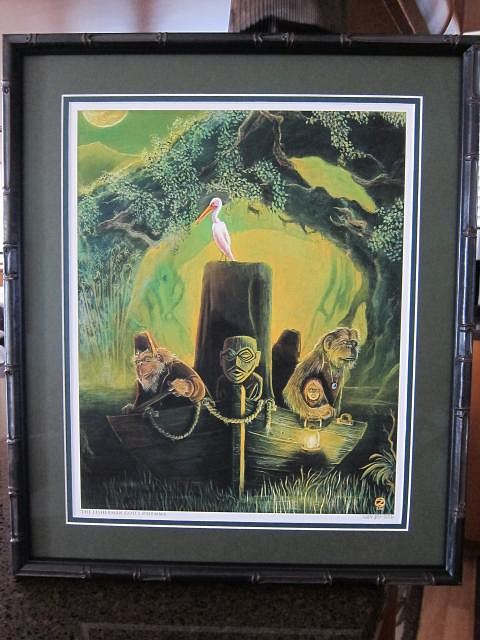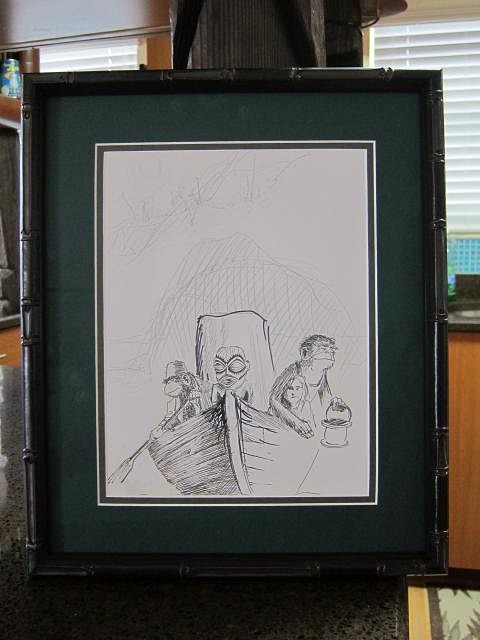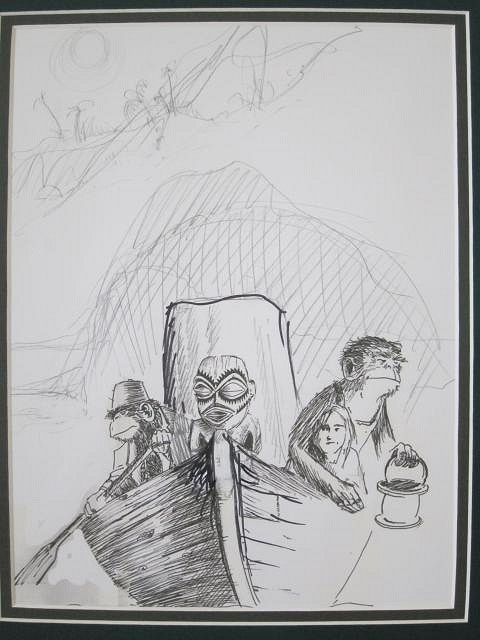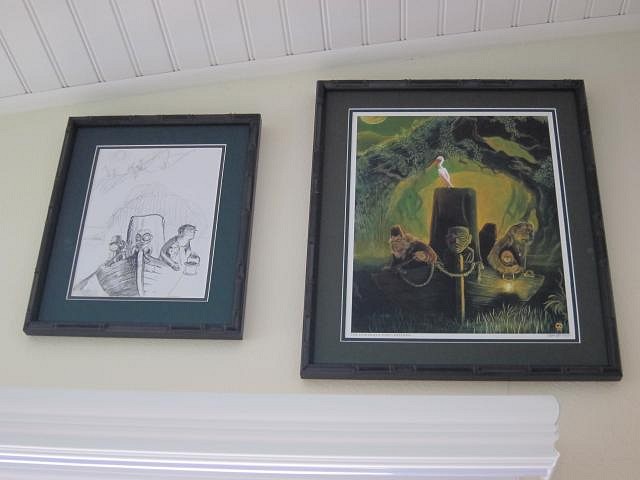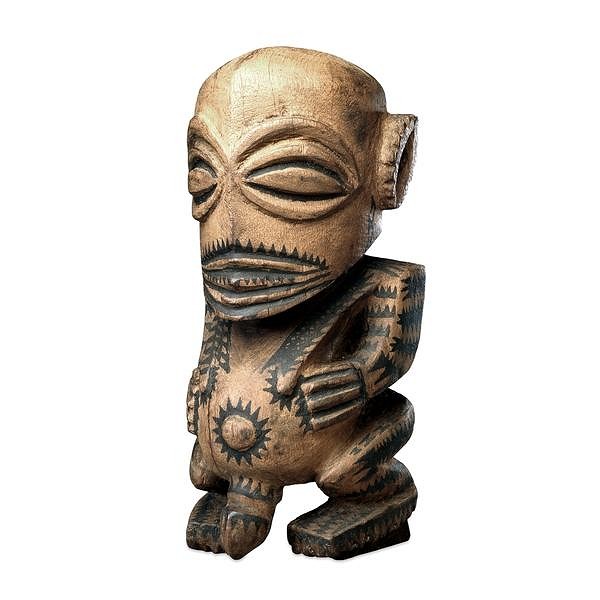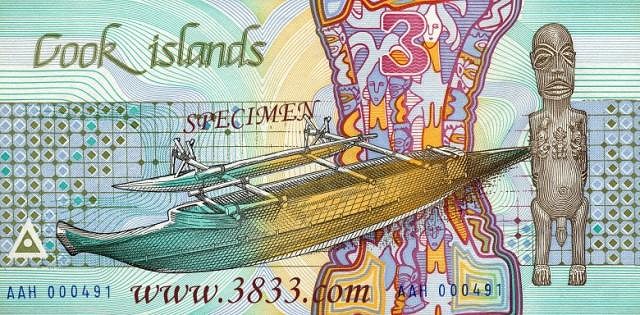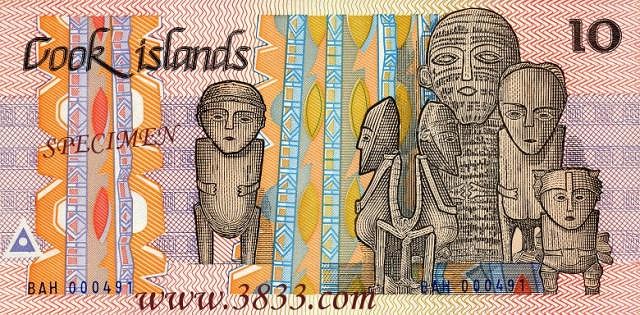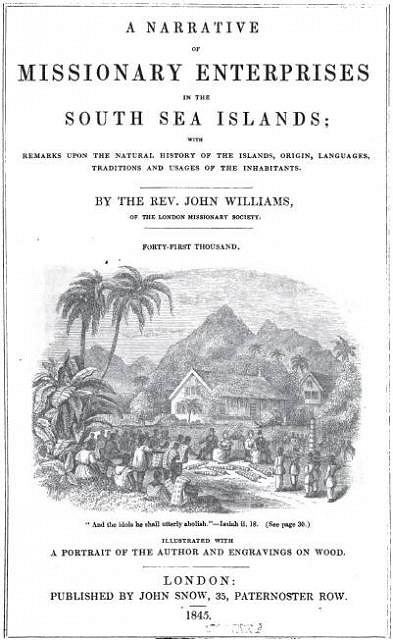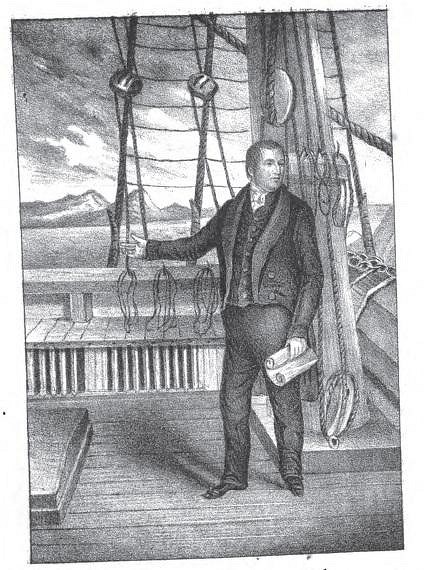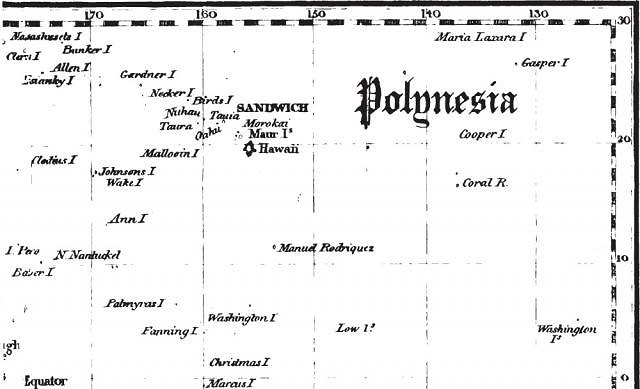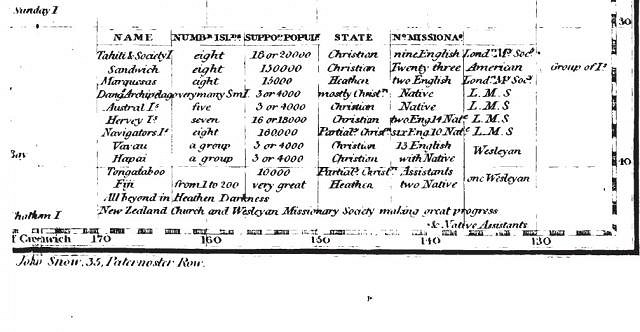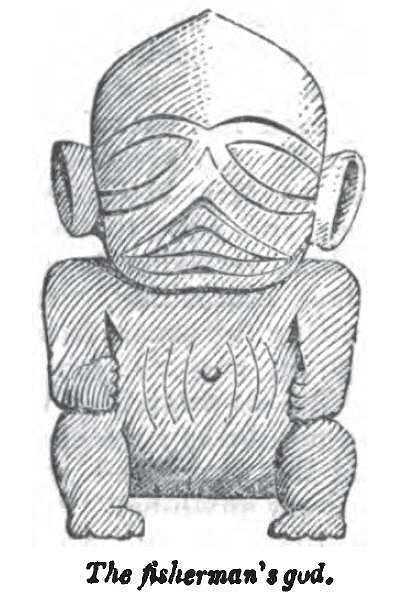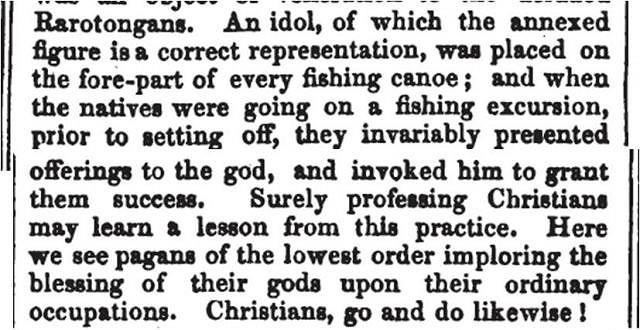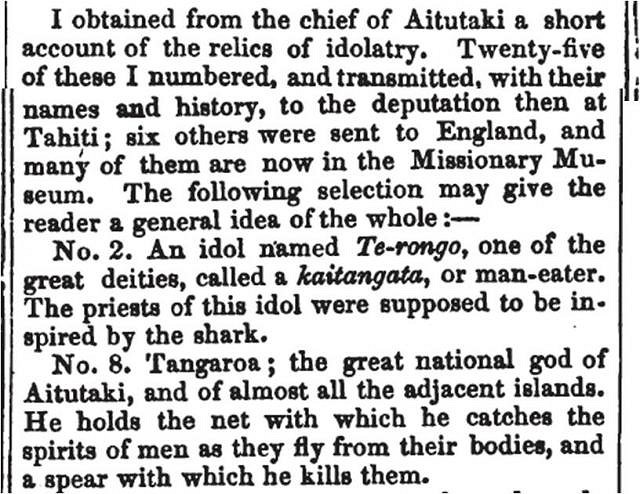Tiki Central / Home Tiki Bars / Blowfish Bar – Flagler Beach, FL
Post #622732 by TikiTomD on Sat, Jan 28, 2012 9:41 AM
|
T

TikiTomD
Posted
posted
on
Sat, Jan 28, 2012 9:41 AM
Chris, mahalo nui loa for your comments! For those into contemporary Tiki art, one need look no further than Tiki Central’s own membership... what an amazing diversity of talent! I like so much of what I see that it would be easy to fall prey to hoarding. I’m hoping to stop short of clutter, but may have lost that one already. Regardless, as I contemplate new works of art, it’s necessary to remember that a beach house, any house for that matter, only has so much wall space. The recent creations of Robert Jimenez (zerostreet) have been particularly appealing, so I was pleased to receive the art print and original concept sketches of zerostreet’s “The Fisherman God’s Dilemma” here at the Blowfish Bar...
This particular painting is so intriguing, with its foreboding mood. An attempt by MadDogMike to wrestle the story line from the artist yielded few clues. So, we’re still left to contemplate on our own what constituted the dilemma. Perhaps an understanding of the Fisherman God’s perspective, if possible to grasp by mere mortals, would help decode this... The Fisherman’s God in Robert’s painting is clearly patterned after the Cook Islands Fisherman’s God, a vintage carving of which is on display at the British Museum...
There are some nice images of the Fisherman’s God on Cook Islands currency from 1987; note the emasculated missionary versions on the 10-dollar bill...
In Rarotongan theology, Tangaroa was the Fisherman’s God. As the principal god of Rarotonga, his domain was fishing, voyage and prosperity. In her 2010 Master’s thesis at the Auckland University of Technology, Through the Eyes of Tangaroa – A Voyage in Visual Form, Loretta Reynolds provided a wonderful overview in words and images of the subject. Also of interest, she cited Sven Kirsten, TC’s own learned authority, in her thesis. Much of what is known about the Cook Islands Fisherman’s God came from Reverend John Williams, an English missionary of the early 19th century who voyaged widely among the islands of the South Pacific and wrote of his experiences in A Narrative of Missionary Enterprises in the South Sea Islands, originally published in 1837...
This engraving of Reverend Williams came from another book titled The Martyr Missionary of Erromanga by Ebenezer Prout; if you guessed from the title that things didn’t end well for the Reverend, then you’d be quite correct...
A map of Polynesia in the time of Rev. Williams, included in his book...
Rev. Williams describes the Fisherman’s God thusly...
His description of Tangaroa...
So, is the Fisherman God’s dilemma framed by these choices: (1) to allow those who call upon him to successfully fish and safely return, or (2) to do a bit of fishing on his own, killing and netting the spirits of the voyagers? There are clearly other impending elements of danger at work in Robert’s art, but this is perhaps a core dilemma each and every time a voyage is launched under the protection of the Fisherman’s God. As to what happened to Rev. John Williams: In November of 1839, he and a colleague had the misfortune to land on the island of Erromango in the New Hebrides, now part of the island nation of Vanuatu. This was shortly after the inhabitants had been visited and pillaged by European sandalwood traders. After landing in Dillon Bay, the natives clubbed the two missionaries to death on the beach (some arrows were also discharged for good measure), then they were served up as a cannibal meal. Interestingly, in 2009, 170 years after the event, a ceremony of reconciliation was held on the island between descendents of those natives and descendents of the martyred missionaries. -Tom |

